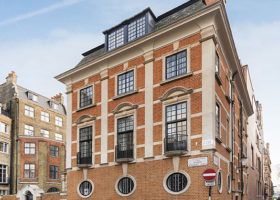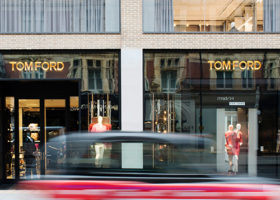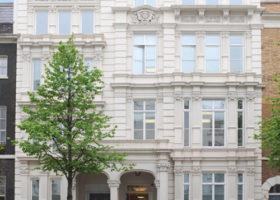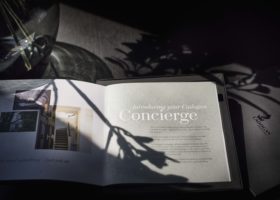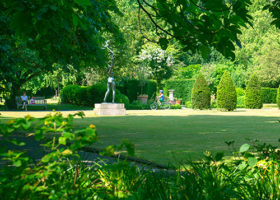Our Heritage
Cadogan’s long association with Chelsea began over 300 years ago. Since that time, the family and place have grown together – evolving the Cadogan Estate into one of London’s most characterful and distinctive neighbourhoods.
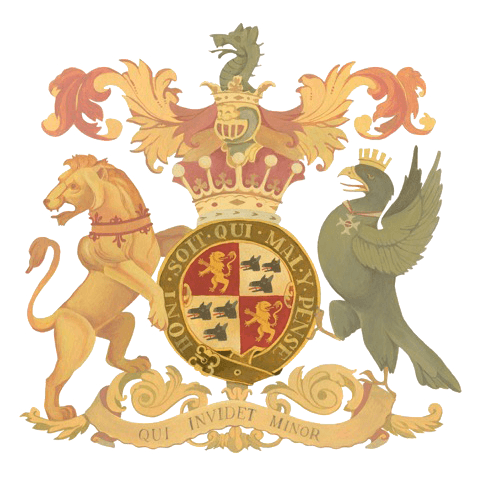
C. 1000 AD
Cadogan Origins
CADWGAN AP ELYSTAN GLODRYDD
(CADOGAN SON OF ELYSTAN GLODRYDD)
Of the 5th Royal Tribe of Wales, Prince of Fferlys. The central component of the Cadogan Arms are those of Cadwgan ap Elystan's – the family's ancient ancestor.
1603 - 1714
Stuart Era

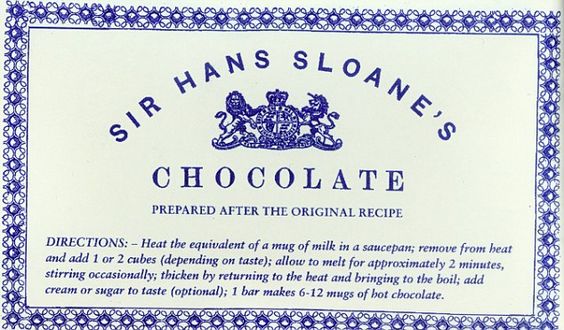
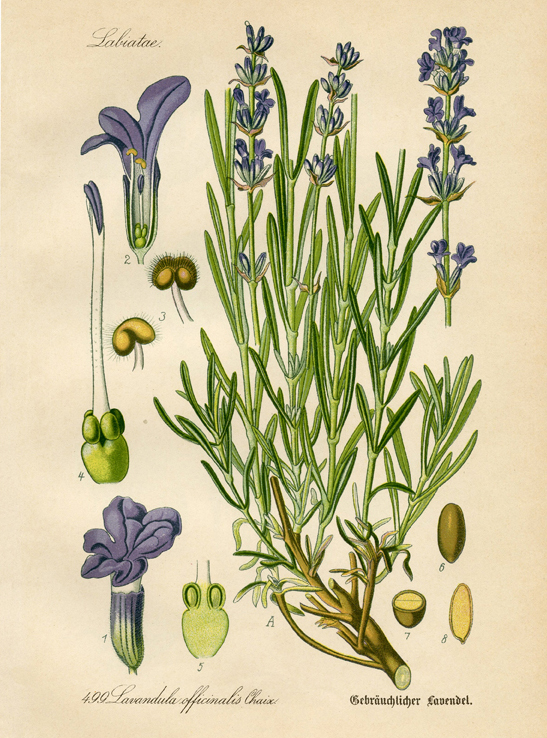

1660 — 1753
SIR HANS SLOANE

THE ROYAL HOSPITAL, CHELSEA
BY SIR
CHRISTOPHER
WREN
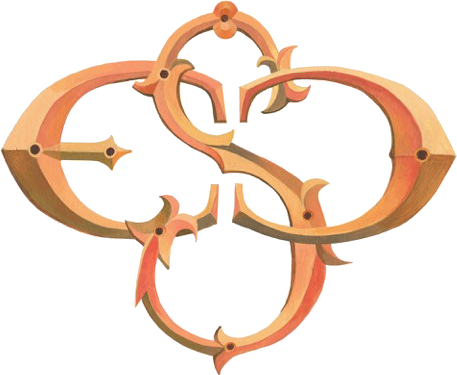

1672 - 1726
William, 1st earl Cadogan


1685 — 1776
CHARLES, 2ND BARON CADOGAN & ELIZABETH SLOANE
The 1st Earl had no sons and on his death, in 1726, the lesser title of Baron passed to his younger brother Charles and the Earldom fell into abeyance.
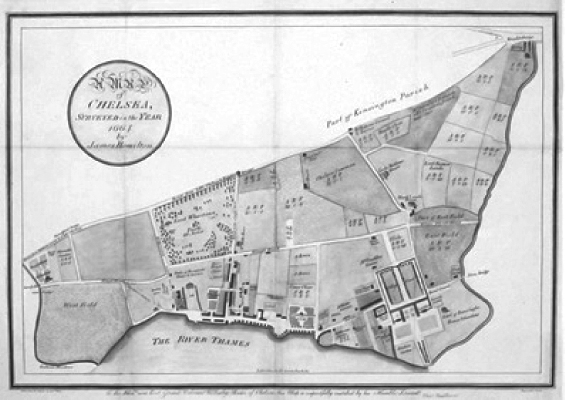

1704
THE BATTLE OF BLENHEIM
WAR OF THE SPANISH SUCCESSION
(1701 — 1714)
William Cadogan’s heroic actions at the Battle of Blenheim were rewarded with an elevation to the peerage – initially being granted a Baronetcy and later an Earldom.

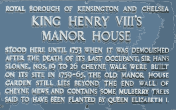

1712
SIR HANS SLOANE PURCHASES MANOR OF CHELSEA
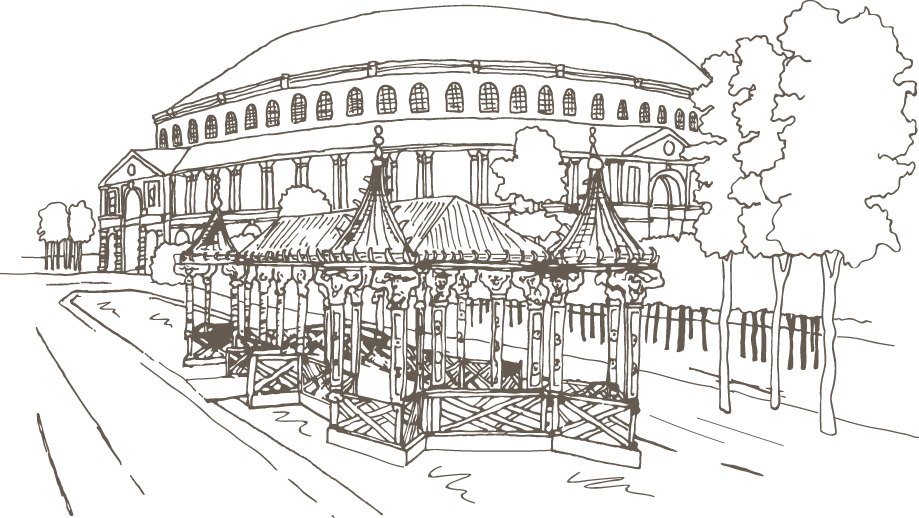
THE ROTUNDA, RANLEIGH GARDEN
1714 — 1830
Georgian Era
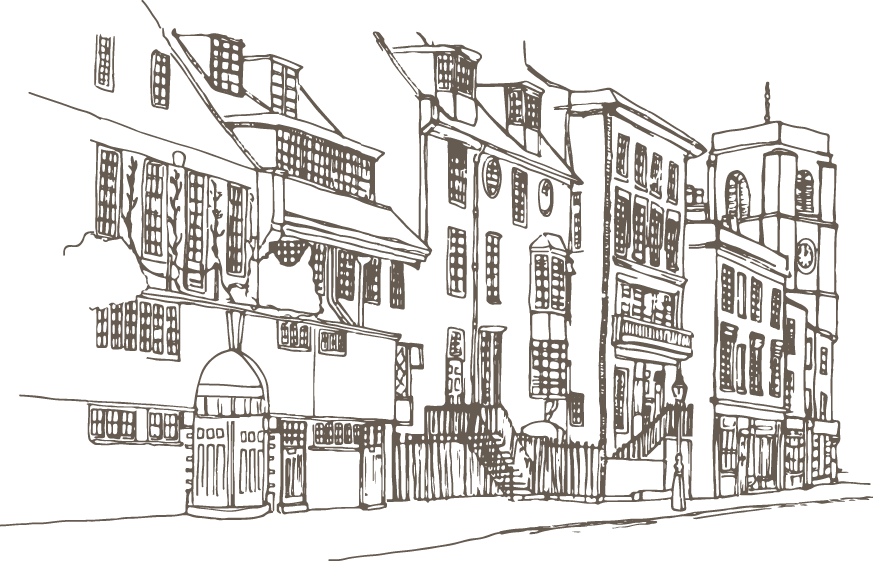

1724
Daniel Defoe

1717
Marriage of Charles, 2nd Baron Cadogan to Elizabeth Sloane
It is through this union that the stewardship of Chelsea passed into the Cadogan family and the Cadogan Estate in Chelsea established.

1728 - 1807
Charles Sloane Cadogan
1st Earl New Creation
“Chelsey, a town of palaces.”
Daniel Defoe
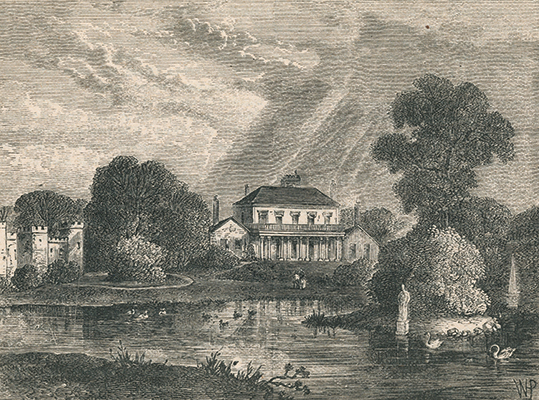

1777
Lease for ‘Hans Town’ sold to architect Henry Holland
123 SLOANE STREET


1769 RICHARDSON MAP

1749 - 1832
Charles, 2nd Earl Cadogan
1811 - 1837
REGENCY Era
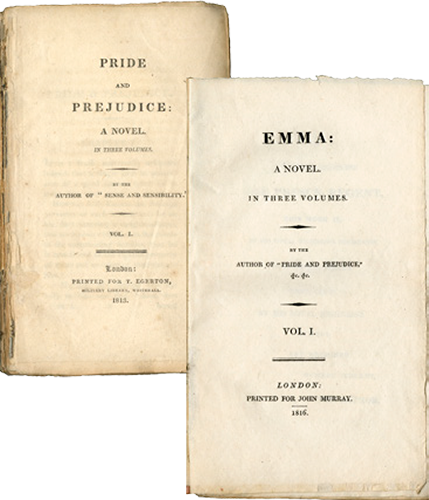

1811
George Cadogan was given command of HMS Havannah

1717
Admiral George Cadogan, 3rd Earl Cadogan

23 HANS PLACE
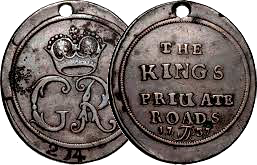
1749 - 1832
The King’s ‘Private’ Road becomes public
1837 - 1901
Victorian Era


1812 - 1873
Henry, 4th Earl Cadogan
Henry, Viscount Chelsea (eldest son of George, 3rd Earl Cadogan) married the Duke of Wellington’s daughter. He had a diplomatic career and later inherited the earldom at the age of 52.
OPHELIA,
JOHN EVERETT MILLAIS
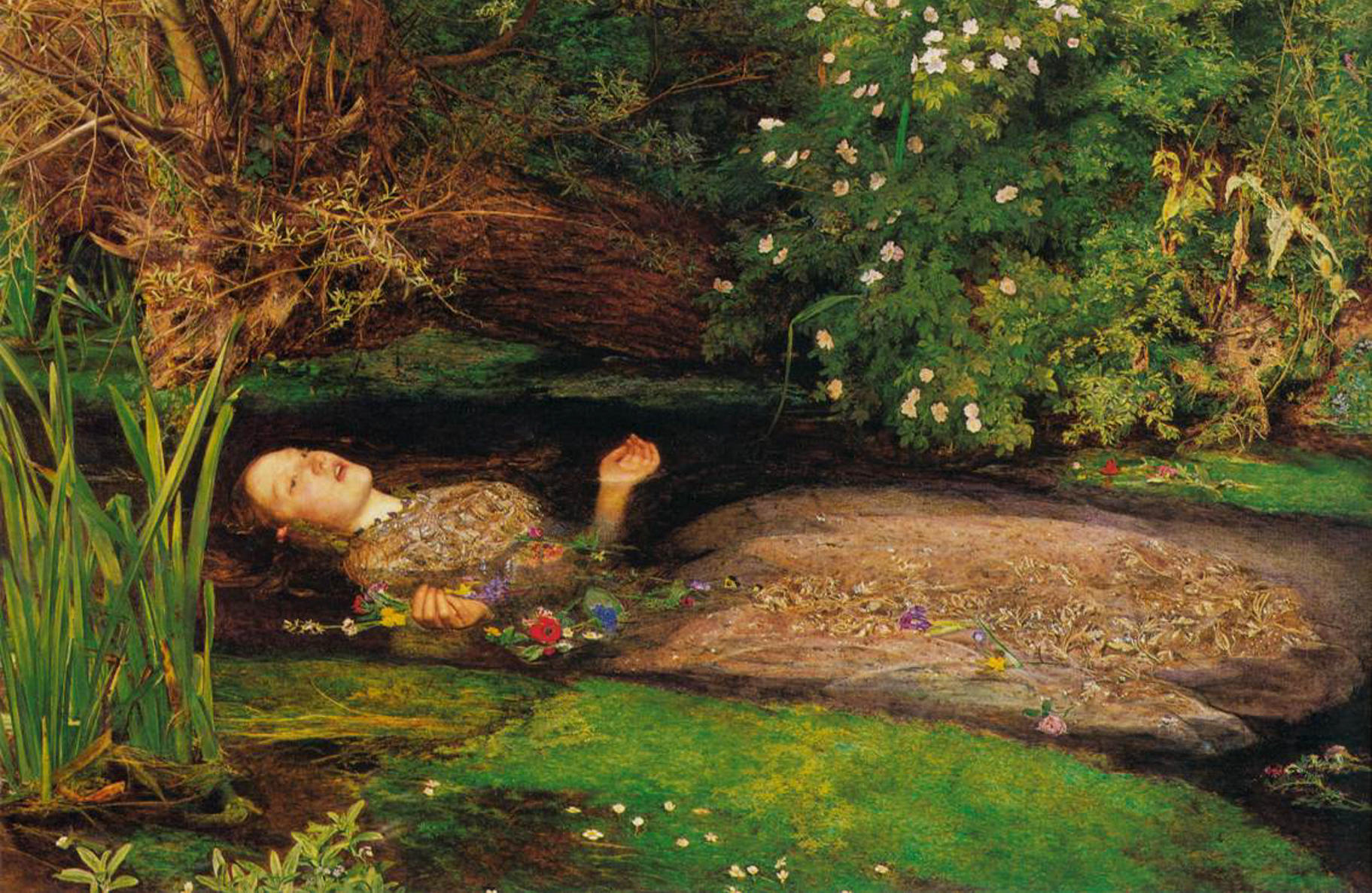
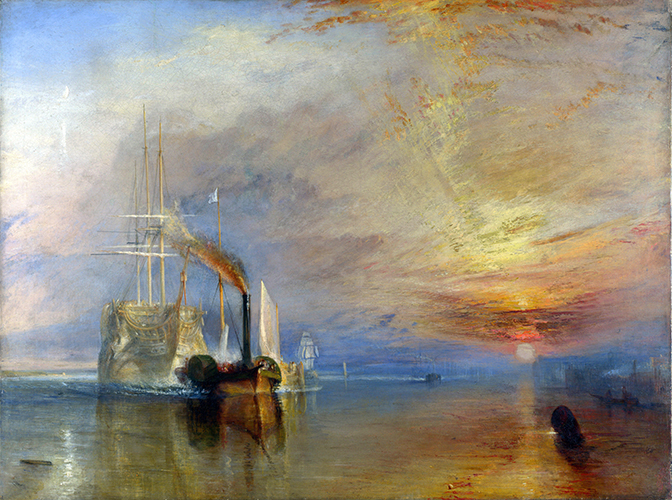
J M W TURNER,
THE FIGHTING TEMERAIRE

1840's onwards
Chelsea artists

Pre-Raphaelite
Circle

1868
Sloane Square Station Opened
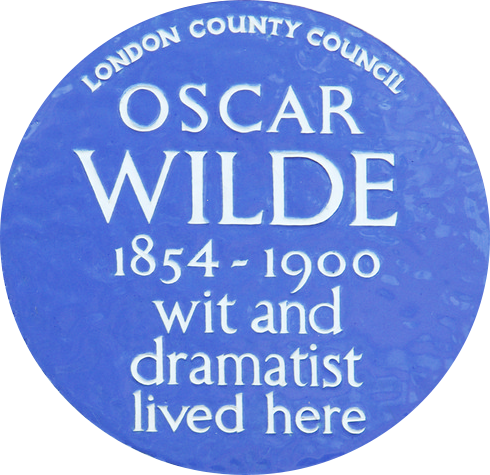
TITE STREET
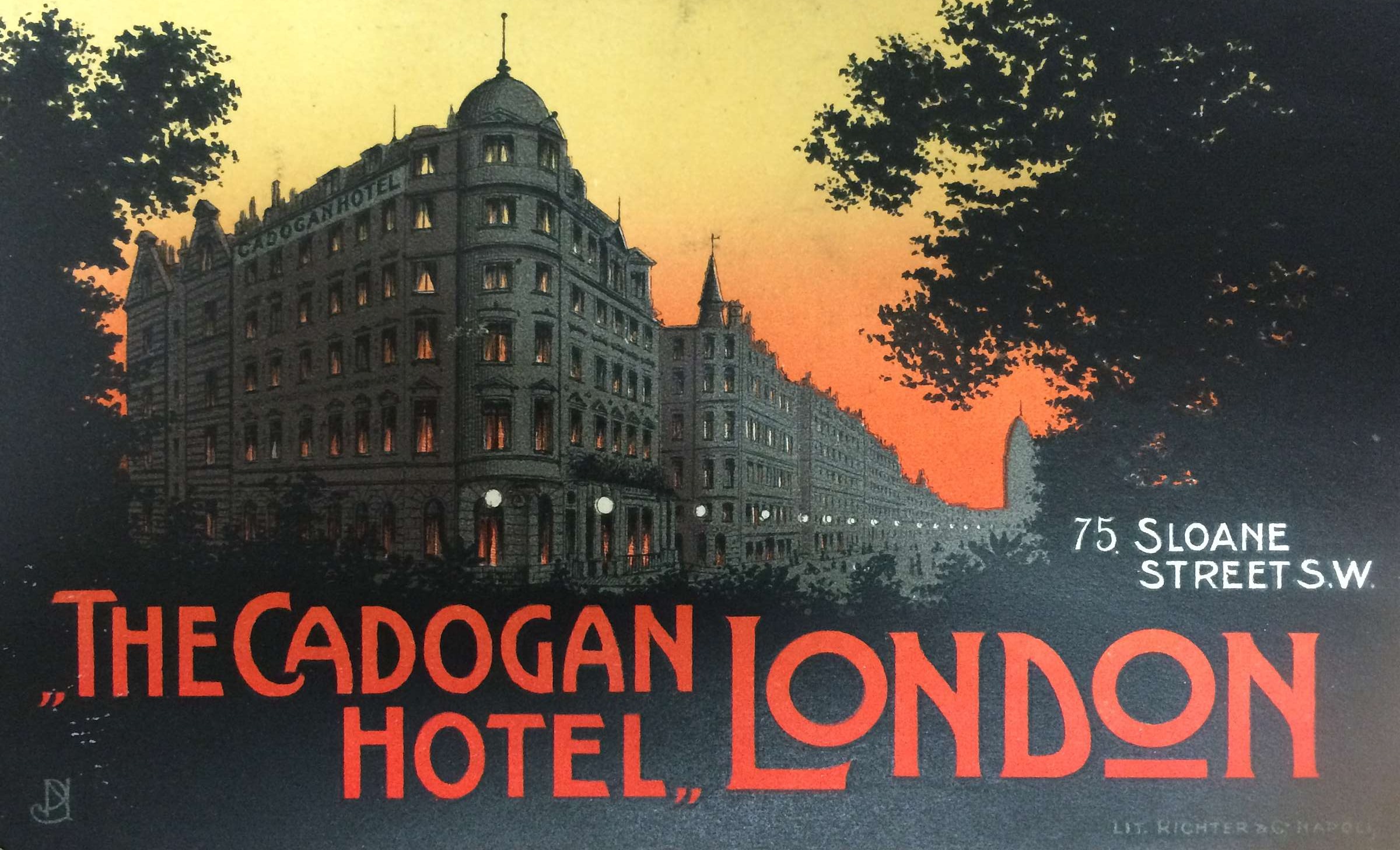
THE PLACE OF OSCAR
WILDE’S ARREST 6TH APRIL 1895,
IN ROOM NO. 118

1840 - 1915
George, 5th Earl Cadogan
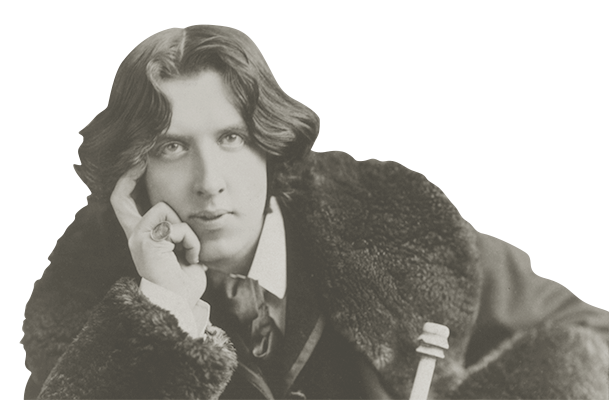

1877 - 1900
Chelsea rebuilt in the New Queen Anne Style
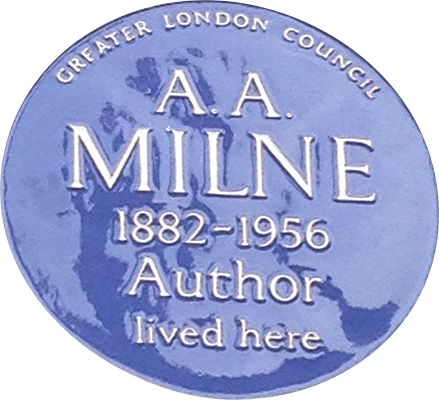

1874
Chelsea Embankment finished

1874
Gerald Oakley, 6th Earl Cadogan

52 CADOGAN SQUARE
1900 — 2000
20th CENTURY

CADOGAN HALL FIRST OPENED IN 1907, ORIGINALLY AS A CHURCH, DESIGNED BY ROBERT FELLOWES CHISHOLM

1920’S SLOANE SQUARE

1930's
Redevelopment of sloane square

1914 – 1918
During WW1

1900 – 1950
Chelsea’s ‘Bright Young People’

1939 – 1945
During WW2

1914- 1997
William, 7th Earl Cadogan
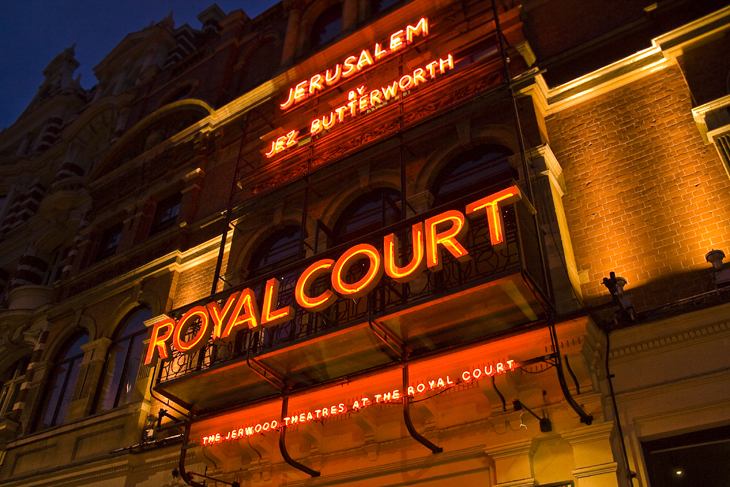
ROYAL COURT THEATRE
1914 – 1945
The First and Second World Wars
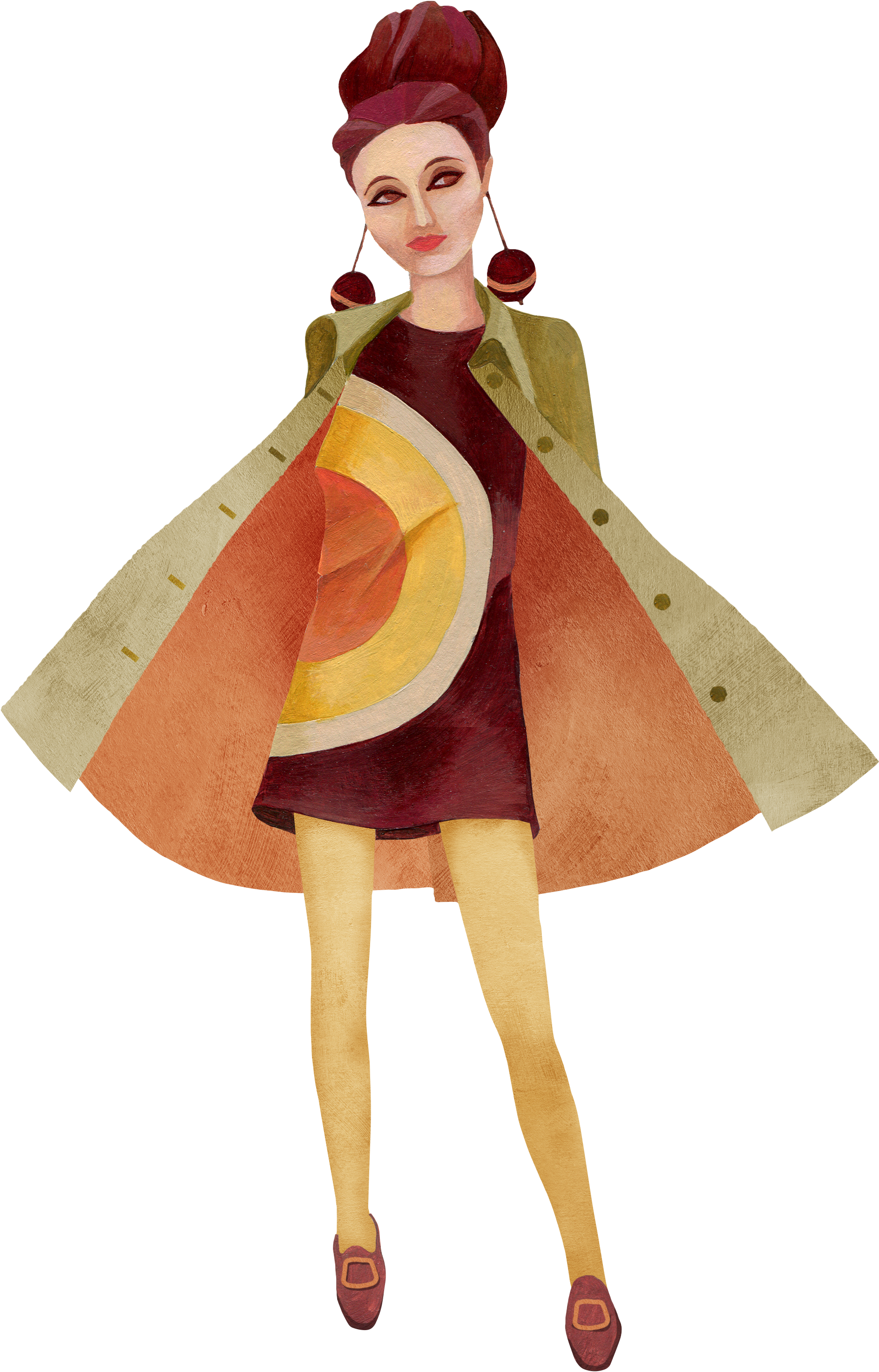
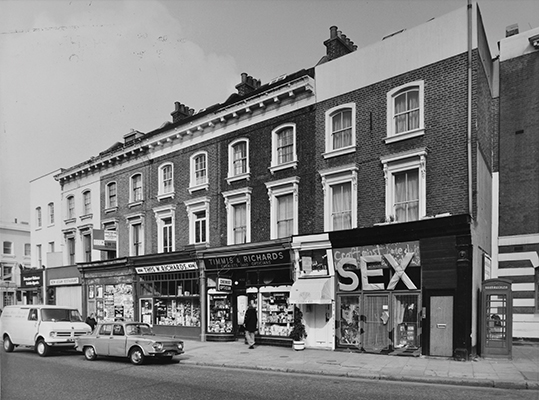
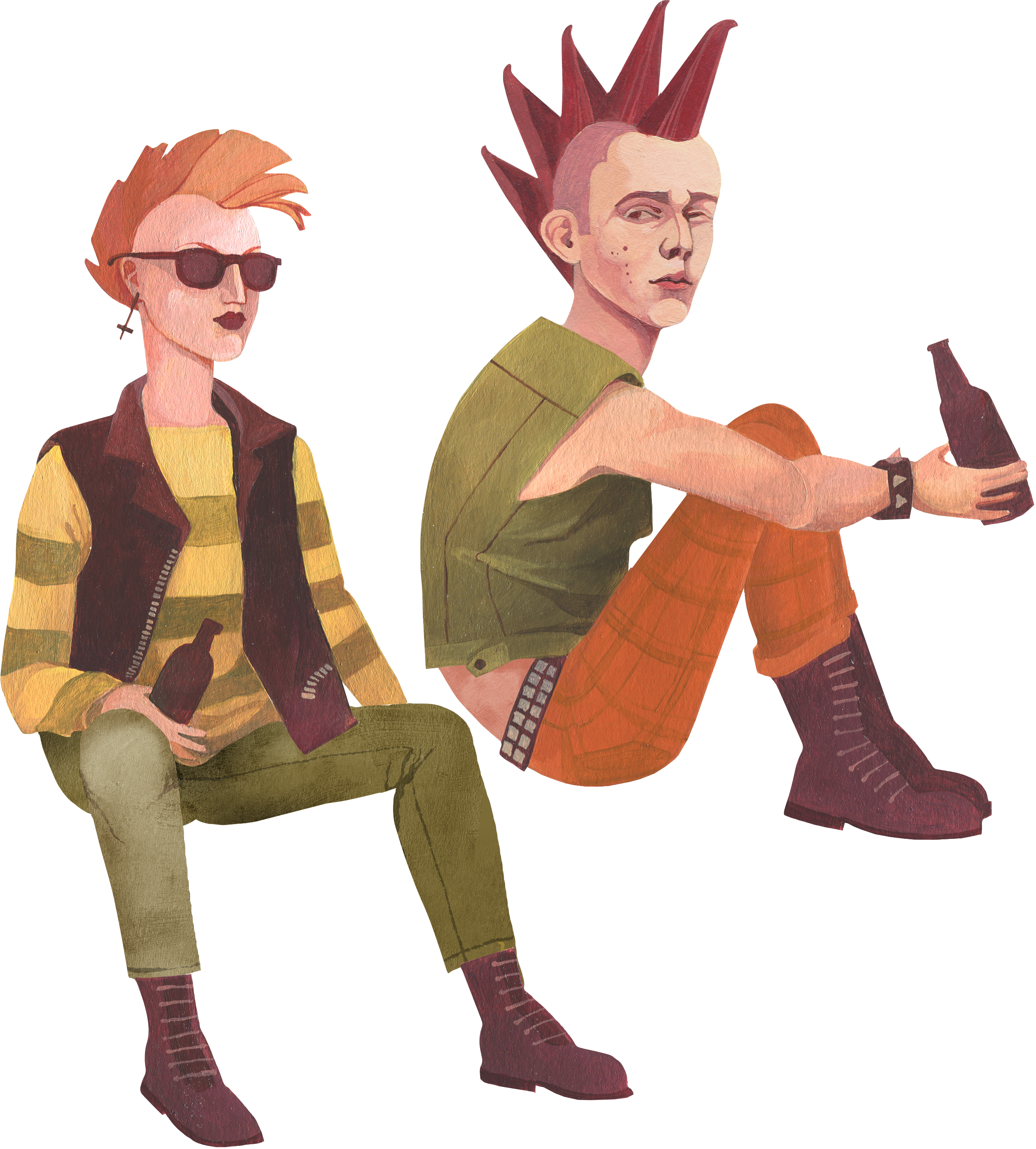
1970’S PUNK

1960's onwards
Kings Road

OSSIE CLARKE FASHION SHOW

